How to Treat and Prevent Maskne
In this article we’ll go through how to prevent maskne: face masks made with biofunctional textiles. We share an excerpt from Masking Up: A Dermatologist’s Guide to Maskne by Dr. Teo Wan Lin, Dermatologist at TWL Specialist Skin & Laser Centre, to give you a guide on the science behind the skin microbiome and how it can cause maskne, and the important of material of our mask from
How maskne products such as functional textiles can help balance the “germs” required in maintaining skin health
What is the skin microbiome?
The term microbiome refers to the balance of germs-bacteria, viruses, fungi, mites, that work with our body to keep it healthy. These germs have to be present for our immune system to work and self-regulate. Forming at birth, it changes as one age, and varies in terms of each location. For example, the germs on our scalp are vastly different from that in our oral cavity, our nose, and the rest of the skin. Research shows that various dermatological conditions link to microbiome dysbiosis, which relates to an imbalance in the skin flora.
Propionibacterium acnes, for example, can colonize acne patients . The latest research shows the link between a new type of bacteria known as C.acnes, on the skin of sufferers. Seborrheic dermatitis, a flaky condition that can affect the eyebrows, the nasolabial folds, around the nose area, and the scalp, links to an overgrowth of a yeast organism known as Malassezia furfur. This yeast favors oily, moist and humid environments. Eczema is linked to staphylococcus aureus colonization, which drives a superantigen effect that causes inflammation in eczema patients.
The anti-aging, anti-acne copper mask
Functional biotextiles in dermatology, such as those impregnated with silver, zinc, or copper ions, have been proven to have biocidal effects. For example, inhibiting or killing off microorganisms upon skin contact. These can treat fungal and bacterial infections, as well as an adjunct therapy in the treatment of eczema. Such textiles hold potential for the treatment of maskne because of its effects on the microbiome. Additionally, it may reduce the risk of antibiotic resistance in individuals treating maskne.
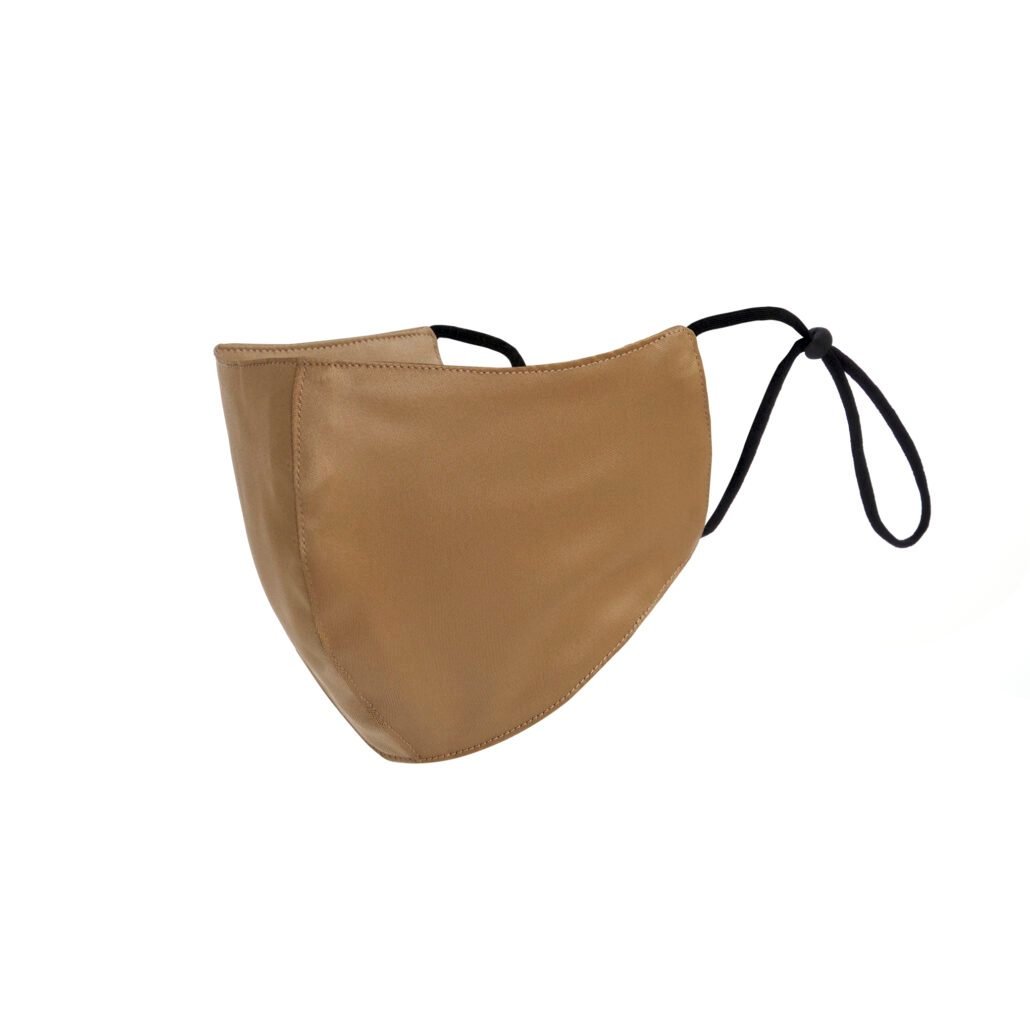
The CUIONS™ Anti-Ageing + Anti-Acne Copper Silk Face Mask has been laboratory tested to kill Staphylococcus Aureus, a common bacteria that can cause secondary skin infections in acne[1] and worsening of facial eczema[2]. Bacterial/Fungal infections can cause mask acne, also known as occlusion acne. The surface is also water/splash resistant with adjustable ear loops.
The copper nanoparticle mask is clinically proven to be more hygienic than the standard fabric mask. It has anti-odor properties with the copper ions killing bacteria/fungi/microbes that come into contact with the mask[3]. This is particularly suitable for comfortable wear against your skin over prolonged periods. Copper impregnation is also backed by clinical studies[4],[5],[6][7] to have active skincare properties such as anti-wrinkle and anti-ageing, due to stimulation of collagen growth through contact with copper ions actively released on contact with skin. Data from randomised controlled trials demonstrate statistically significant reduction in facial wrinkles after 2 weeks of exposure to copper infused textile.
How the material of fabric masks affect the skin – poor ventilation as a contributing factor
Many would have heard the term “breathable” fabrics when discussing the material of face masks. Hence, it is appropriate for me to delve further on this topic here.
Our skin maintains a healthy microenvironment via self-regulation through transepidermal water loss, ceramide skin barrier, and natural moisturizing factors. Most of us are born with healthy skin barriers, and the topmost layer (stratum corneum) where most of the action happens. The health of the stratum corneum is crucial because we are able to produce sufficient amounts of lipids and natural moisturizing factors at the surface of our skin. Our stratum corneum adjusts according to our environment.
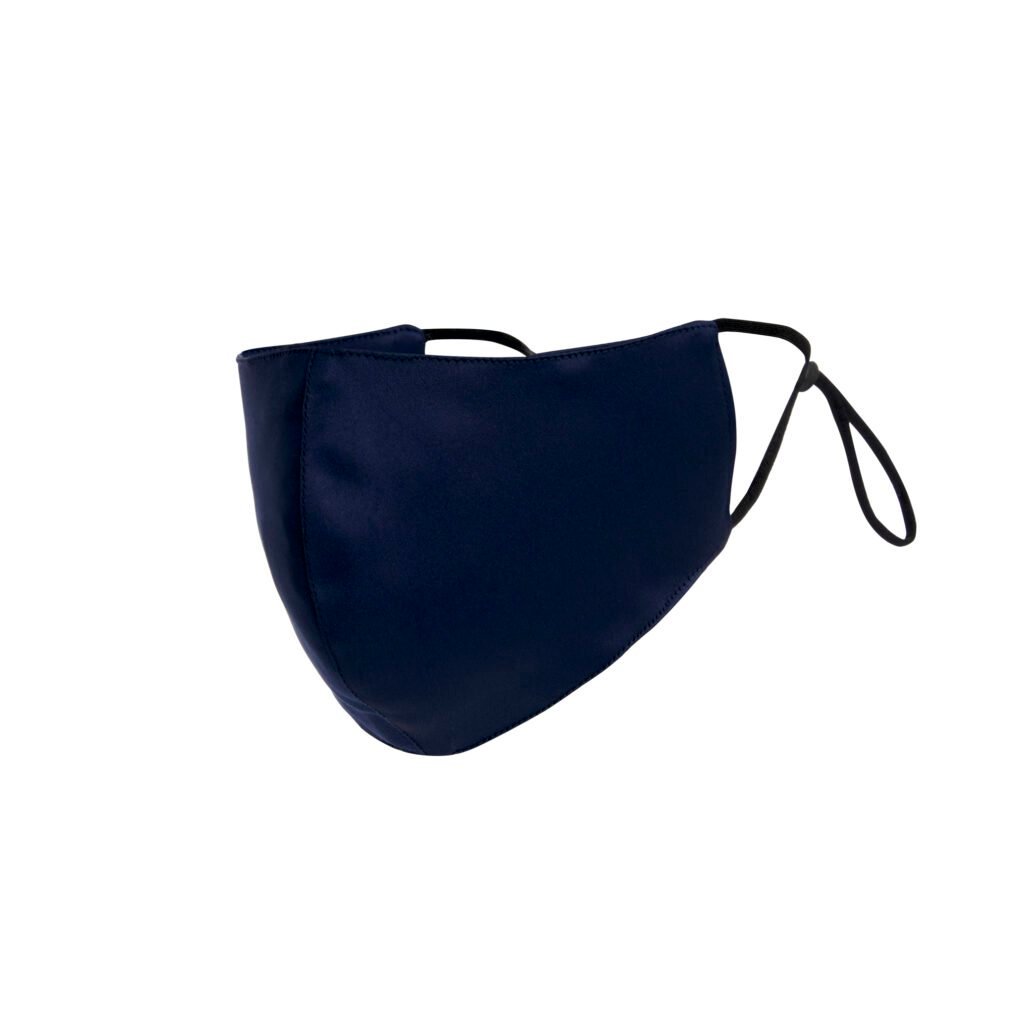
The OSMIUM BLUE™ nanoparticle face mask is engineered with a proprietary blue-black metallic finish inspired by the element osmium. The anti-ageing reusable fabric face mask has been laboratory tested to kill Staphylococcus Aureus, a common bacteria that can cause secondary skin infections in acne and worsening of facial eczema and also inhibit the growth of fungi and other microorganisms which disrupt the skin microbiome.
Transepidermal water loss increases in dry temperate climates and reduces in humid climates like Singapore. However, there is always a problem that arises when you have a dysregulation of the skin microenvironment. Poor ventilation is a very simplistic way to think about it in terms of what’s going on at the skin barrier. This is because it reduces the evaporation of fluids from the surface of your skin. These fluids refer to your saliva, your nasal secretions, and sweat which otherwise will not get in contact with skin. All that creates a new environment that does not allow your skin to breathe. The key concept here is that it is important to maintain a healthy skin microenvironment.
The Zincool breathable face mask
Firstly, counteract the negative environment that the facial covering is creating — essentially the increased moisture and heat retention. How do we do that? The type of material matters. We know that there are breathable fabrics and there are non-breathable fabrics. Natural plant-derived origins such as silk, cotton, linen, would typically make up breathable fabrics. However, these do not wear well and are less durable. They can have the added function of wicking moisture away from your skin which results in increased breathability. But also can retain the moisture within the fabric itself due to low evaporation rates. This will result in increased discomfort from the weight and stickiness of the fabric.
Synthetic fabrics – polyester, polyurethane derivatives are commonly used as part of surgical masks as well as N95 masks. The reason is that the tight weave of these synthetic fabrics can effectively prevent the transmission of respiratory particles and droplets. However, these are not kind to the skin at all. In fact, polyester creates an even “stuffier” environment. This can increase your chance of getting acne mechanica, or, occlusion acne.

The ZINCOOL™ zinc nanoparticle impregnated fabric is self-cleaning with whiter than white technology, and incorporates superior skin cooling, creating a highly breathable skin microenvironment, with super evaporation coefficient. It has anti-inflammatory, bactericidal and sebum control functions to treat maskne, and offers benefits for individuals who have facial eczema or are acne prone
What is breathability?
That’s when the concept of breathability becomes important. What exactly is this breathability about? It is the material’s ability to wick moisture away from your skin and to keep it dry. You are constantly breathing in and out. This moisture will accumulate regardless especially when you talk while the fabric is in direct contact with your skin. Our saliva also contains enzymes. In individuals who have prolonged contact with this saliva on their skin, some may develop eczema or dermatitis in addition to mask acne bumps.
The benefit of natural materials is that it is breathable. Though these are not waterproof, the density of these fibers is often much less than synthetic ones. Hence, reducing the protection to the environment. This reduces the efficacy of the product. Natural fibers would include silk, cotton, linen. In my practice, we have been recommending individuals who have to wear a surgical mask in restaurants and medical settings to use a mask slip.
The Lyosilk mask slip
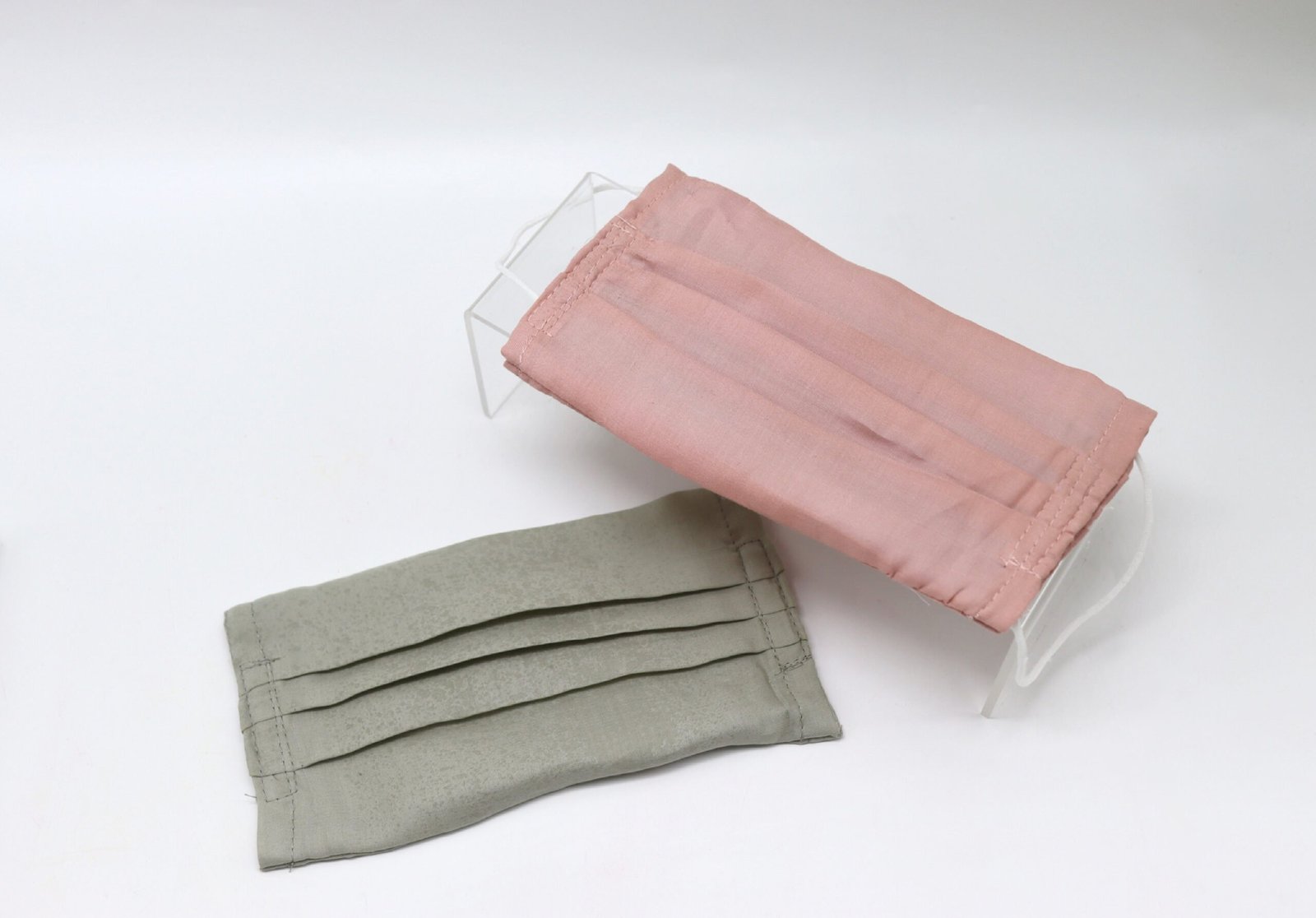
Lyosilk™️ is synthesized from 100% sustainable plant cellulose fibres, which are laboratory tested to be antimicrobial and hypoallergenic, and forms a breathable barrier between your skin and the surgical mask, besides being washable and prolonging the lifespan of your mask. It is suitable for acne, eczema and sensitive skin patients.
An example would be the Lyosilk mask slip to use with the surgical mask (derived from 100% plant cellulose fibers). It is very smooth and soft on the skin while wicking away moisture. This leads to increased breathability on your skin. However, this would mean there is an added layer to the surgical mask, which would increase the heat retentive properties of the mask. For usage in non-healthcare (lower-risk) settings, a reusable fabric mask made of a treated synthetic fabric with increased evaporation coefficient, cooling properties would be ideal. This is for maximum comfort without compromising on the effectiveness of controlling the environmental spread of respiratory droplets.
Care of the reusable fabric mask
Fabric masks should be laundered daily at high temperatures to destroy microorganisms. Synthetic fibers like polyester and polyurethane are more durable than natural fibers. Natural silk face masks are not practical due to hygiene, care, and durability concerns. For hygienic disinfection of fabric masks when daily washing is impossible, applying a hot iron (356 to 428 Fahrenheit at standard settings) on both sides of the fabric will be sufficient to kill respiratory viruses. This is including the COVID-19 virus as well as minimize pathogenic bacterial growth.
Wiping down silk masks with wipes is NOT an effective sanitation method-just don’t use natural silk masks!
I have seen individuals using silk facial masks that cannot launder, and cleaning their masks with baby wipes. Unfortunately, this reflects on a poor understanding of microorganisms and the concept of disinfection, which is dangerous in a pandemic. Topical disinfectants can disinfect surfaces. Fabrics, on the other hand, require a solvent that penetrates the fibers and can disrupt the cellular membrane of the microorganism to render it inactive. Hence, for the purposes of reusable fabric masks, the fabric itself must be amenable to regular laundering with detergent. Heat is also another effective method for fabric disinfection. Wearing a natural silk mask may be skin-friendly and also looks good. Unfortunately, you can’t really clean it unless you send it to dry cleaning. This will involve a lot of chemicals that remain on fabric and will come into contact your face.
Fabrics that must be dry-cleaned are not practical. As it is uncertain how effective dry-cleaning chemicals are in deactivating microorganisms, and if they leave harmful residues on the skin. In addition, natural silk is much more prone to wear and tear with regular use. Any breaks in the material will render it ineffective. For individuals who prefer the smooth and shiny appearance of silk fabrics, opt for synthetic silk alternatives. These are fabrics that derive from polyester and can withstand regular laundering with detergents.
Some tips:
● If you have acne prone oily skin:
And you have been suffering from breakouts even before starting to wear a face mask, it may be time to get it treated. Having to wear a face mask will be our way of life for a long time to come. This will certainly not help those who already suffer from acne. What people do not realize often is that acne is not an “external problem”, even with maskne. It is only individuals who are genetically more likely to getting inflammatory acne who will develop maskne after all.
● Acne treatment:
This also means that most forms of acne other than mild, physiological acne, cannot be effectively treated with merely skincare and over-the-counter acne creams. It is an underlying inflammatory disorder of the skin that is one’s genetics primarily causes. In the case of maskne though, external factors such as poor skin hygiene as well as occlusive factors such as wearing facial masks can significantly worsen or trigger off the acne outbreak itself. In terms of medical treatments (depending on the severity of acne), oral medication, prescription topicals, chemical peels, and blue light treatment may be required.
● Choose comfort and function over aesthetics.
I have been asked to review fabric masks which have mushroomed in numbers in the last month or so. My biggest concern with these fabrics is the comfort level and efficiency of the product. It is interesting that many do choose based on the aesthetics of the mask. Dark fabrics may go with your outfit, but it also retains more heat compared to lighter and reflective fabrics. Design-wise, consider if it is able to protect the environment from your droplets when you are wearing it? How well does it cover your nose and your mouth? Does the material feel comfortable for your skin?
Special note on “sports masks
Should we wear masks during strenuous exercise?
We cannot wear any protective masks 100% safely during strenuous exercise. Simply because, when you’re exercising, your body increases its need for oxygen. Having any sort of facial covering significantly reduces the amount of oxygen available. This can be potentially fatal, so the simple rule is, there is no need to cover your face when you’re exercising. While this does not seem ideal in the face of a pandemic, there is unfortunately no sweet halfway point for this. The design of sports masks with breathing “valves” filter out airborne pollutants such as PM2.5 particles, and have a vent for easy exhalation. These, however, are non-compliant for the purposes of pandemic control, a basic function that is even home-made cloth masks provide. Sports masks without breathing valves remain to be evaluated in terms of safety and efficacy at this point in writing.
Do not wear N95’ Sports masks that tackle outdoor pollutants at any point of time for purposes of pandemic control.
A worrisome trend observed is the misinformation propagated about reusable sports masks that may be labeled as having an “N95 filter”. The design of sports masks does not include filtering out any microorganisms the way medical masks do. Advertisements should more accurately market these as PM2.5 masks that filter out airborne pollutants. N95 masks are precisely defined for medical protective equipment and are distinct – the gold standard for airborne precautions. Do not confuse N95 filters with filters for outdoor pollutants.
These sports masks contain valves that make them non-compliant for the purposes of pandemic control. As they give the wearer and those around them a false sense of security that they are donning an “N95 mask”. The valves render the masks completely useless for the purposes of the pandemic control. As these function as dangerous “exhaust pipes” for the wearer’s secretions that can distribute to the environment. This is as good as not wearing any form of facial covering at all. Several states in the U.S have outlawed the use of such “N95 masks with valves” at this point.
SHOP THE STORY
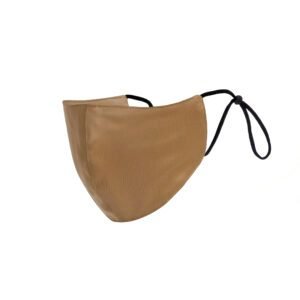
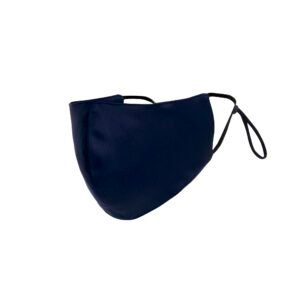
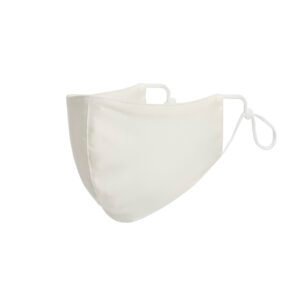
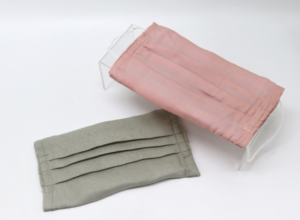
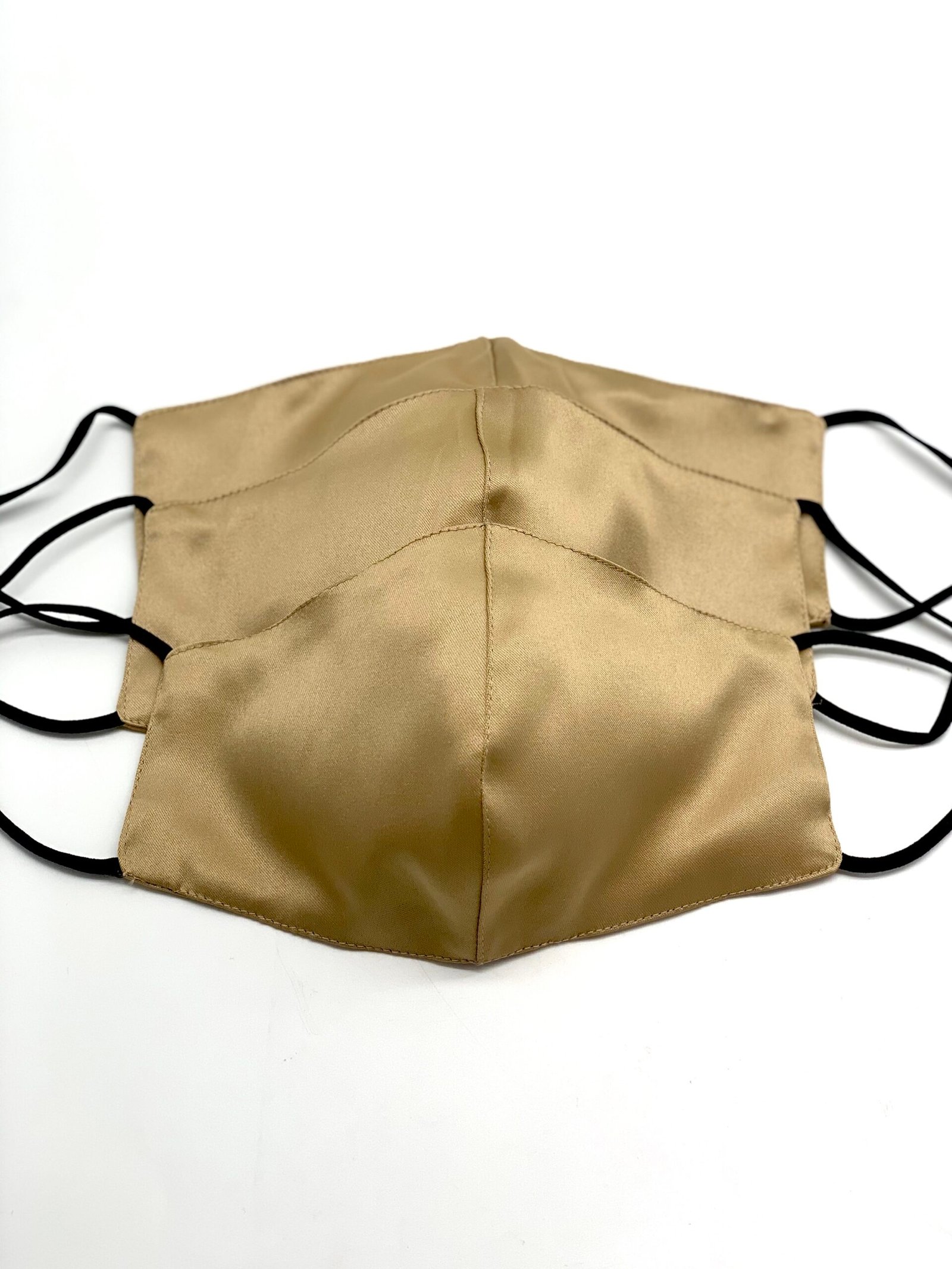


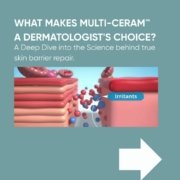





Leave a Reply
Want to join the discussion?Feel free to contribute!